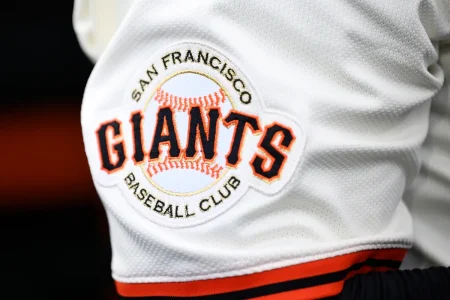Connections, the New York Times’ second most popular game after Wordle, challenges players to categorize 16 words into four color-coded groups based on shared connections. This seemingly simple premise belies a complex puzzle that demands a blend of logic, linguistic dexterity, and a keen eye for subtle relationships. The game’s allure stems from its intricate wordplay, incorporating homophones, puns, and other clever linguistic devices that elevate it beyond mere vocabulary recognition. The varying difficulty levels, represented by yellow, green, blue, and purple, further enhance the challenge, requiring players to adapt their strategies as they progress. Successfully deciphering these connections offers a rewarding sense of accomplishment, akin to cracking a cryptic code, which explains the game’s rapidly growing popularity since its launch in June 2023.
The gameplay involves strategically grouping the 16 presented words into four sets of four, with each set representing a distinct category. These categories are not explicitly revealed; players must deduce them by identifying the underlying connections between the words within each group. This process often necessitates considering multiple interpretations and perspectives, as the connections can be based on various linguistic relationships, from synonyms and antonyms to shared etymological roots or cultural connotations. The color-coding system provides a helpful guide, with yellow indicating the easiest category and purple representing the most challenging. The shuffle button offers a useful tool for players struggling to identify connections, allowing them to rearrange the words and potentially spark new insights.
Wyna Liu, the creator of Connections, offers valuable advice for aspiring puzzle masters. She emphasizes the importance of patience and careful observation, urging players to resist the temptation to guess prematurely. Identifying a seemingly obvious category with four fitting words might be misleading; the crucial fifth word that doesn’t belong can reveal a deeper, more nuanced connection. Jumping in too quickly can lead to wasted guesses and ultimately hinder progress. Liu also cautions against “rage solving,” a tendency to guess impulsively out of frustration, a practice she admits to occasionally succumbing to herself. This highlights the importance of maintaining a strategic and analytical approach, even when faced with challenging connections.
To illustrate the puzzle’s intricacies and provide practical assistance, let’s examine a specific example: the Connections puzzle #602 from Sunday, February 2nd. The yellow category, designed as the easiest entry point, revolved around the theme of “a feeling you might have.” The words “blue,” “down,” “hangdog,” and “sorry” all evoke emotions related to sadness or dejection. The green category, themed around “birds that are also verbs,” included “duck,” “grouse,” “hawk,” and “swallow,” each representing both an avian creature and an action. The blue category, focusing on “TV comedy families,” featured the surnames “Griffin,” “Munster,” “Partridge,” and “Pickles,” referencing well-known sitcom families. Finally, the purple category, the most challenging, presented words that can follow the letter “k”: “mart,” “pop,” “street,” and “swiss,” forming compound words like “k-mart,” “k-pop,” “k-street,” and “k-swiss.”
These examples demonstrate the diverse range of connections employed in the game, from emotional connotations to dual-meaning words and letter combinations. Successfully deciphering these connections requires a flexible mindset and the ability to think laterally, considering various linguistic and cultural associations. The color-coded difficulty levels provide a structured approach, allowing players to build confidence with the easier categories before tackling the more complex ones. The shuffle function can also prove invaluable when facing a mental block, offering a fresh perspective and potentially revealing previously overlooked connections.
The allure of Connections lies in its ability to engage players in a stimulating mental exercise that combines linguistic knowledge, logical reasoning, and a touch of creative thinking. The daily challenge provides a sense of accomplishment and the opportunity to test one’s cognitive agility. Whether you’re a seasoned word puzzle enthusiast or a newcomer seeking a stimulating mental workout, Connections offers a unique and rewarding gaming experience. The game’s accessibility and increasing popularity underscore its ability to captivate a broad audience, fostering a sense of shared intellectual engagement. The ongoing challenge of deciphering hidden connections keeps players coming back for more, eager to unravel the next linguistic puzzle.















